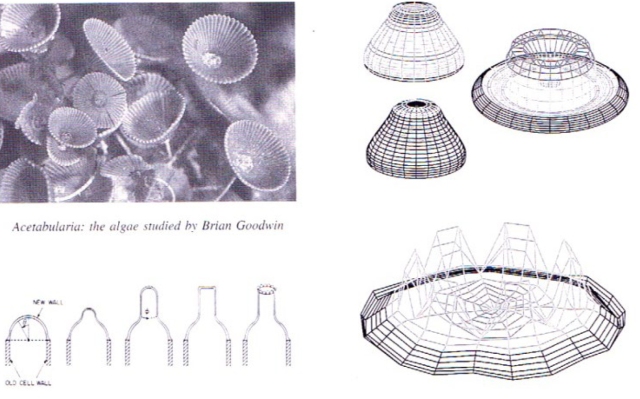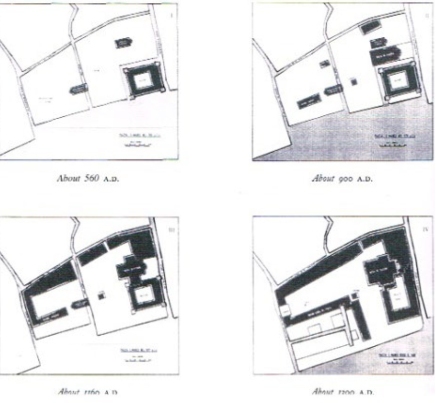Chritopher Alexander argues that the concept of order, as well as the generation of ordered structures, are fields that can be explained from the point of view of physics and biology, although there is yet too much to be done in the field of architecture. The four volumes of The Nature of Order (The Phenomenon of Life, The Process of Creating Lige, A vision of a Living World and The Luminous Ground) could be considered as a self-biography in which new contributions are linked to those made during the period between the 1960s and 1970s. The numerous examples that illustrate Alexander’s thesis (collected in the book of The Nature of Order) belong both to the world of modern and vernacular architecture and to that of nature, and even to his own work.
On the other hand, we are facing an aescalar and fractal investigation, that addresses both the detail of a mosaic and the structure of a city. Alexander’s gaze rests on nature as a source of evolutionary inspiration and production of order, collected in the second book: The Process of Creating Life. In this second volume, both the morphogenetic processes present in nature and the generation processes of the vernacular architecture are analyzed in parallel.

Acetabularia seaweed morphogenesis.

San Marcos Square morphogenesis.
This ambitious work by Christopher Alexander aims to identify and study hidden ordered structures in nature, for its later application, as basic principles without scale, to the built environment.



